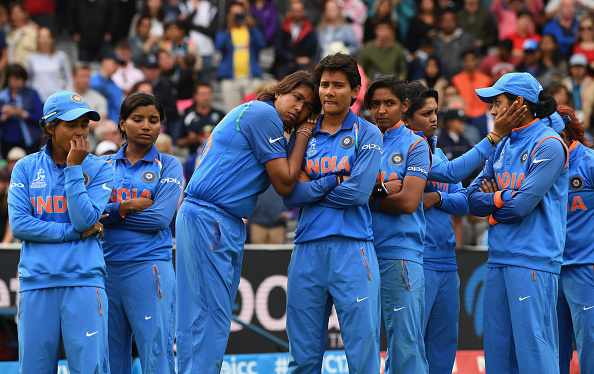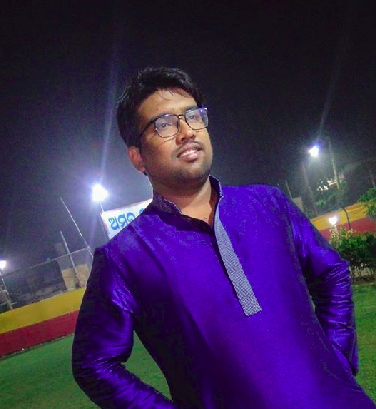India wakes up to its women cricketers
Fortunes fluctuated until the very end and finally, England managed to win their fourth title thanks to some unbelievable death bowling by Anya Shrubsole, who nailed the yorkers at an alarming frequency to hand India a gut-wrenching nine-run loss.

At the end the match, such a wonderful match, you sighed and cried. You perhaps blamed Mithali Raj for not diving or perhaps slammed Veda Krishnamurthy for playing that reckless shot, when all that was needed was a little bit of calmness. For the fact that you were soulfully involved in the game – something that many of us had never felt earlier – this women’s World Cup was a landmark edition. Despite the loss, the team have left behind a lasting legacy, and if this does not inspire the young girls of the country to pick a piece of willow, then probably nothing will.
The Indian team started their World Cup campaign on a brilliant note defeating England in Derby in their first match. A topsy-turvy ride followed after that. Given the lack of matches – the introduction of Women’s Championship somehow managed to increase the numbers - not many would have expected India to be a force to be reckoned with at this World Cup. The Indian team’s run through the tournament ensured that this wouldn’t be the case and that the mighty six-time champions Australia could be beaten in a knockout game.
After such sublime performances, you would have felt on top of the world before going to the final. So, it is only natural that the defeat would have hurt terribly as well. But that is what the sport is – a microcosm of life full of highs and lows - so having come thus far is a matter of nothing but monumental pride.
When it comes to pride in women’s cricket, two names that instantly popped up in the head, Mithali Raj and Jhulan Goswami, two pivots around whom Indian women’s cricket has been
Turn the clock back to August 2016 when two girls saved India from the ignominy of returning with empty hands by winning medals at the grandest stage of the sports - the Olympics. A 22-year-old girl from the town of Agartala became only the fifth athlete in the history of gymnastics to maneuverer the Produnova vault perfectly. Of course, PV Sindhu or Sakshi Malik or Deepa Karmakar have never been just a name among the people back home since then. They emphatically stepped out of the shadow to carve a niche for themselves and yesterday, the India women’s cricket team did just that. They initiated a paradigm shift in women's cricket in India - something that was needed desperately.

 © Getty
© GettyOver the years, the Women in Blue have suffered a lot of struggles - travelling on unreserved berths, not getting paid match fees, and staying in places not worthy of an international athlete. Cricket was a male-dominated game and women cricketers did get a little pittance. But since the turn of the millennium, Women's cricket has undergone a watershed moment, particularly after the BCCI takeover in 2006. Elite women players now have central retainer contracts, apart from reasonable daily allowances, which has helped them focus more on their cricket and different aspects of the game like fitness and skill.
In 1983, when the radio brought the news of India beating Zimbabwe in the World Cup came through, there was no real enthusiasm for One-Day cricket in India. However, when Kapil Dev’s side defeated the mighty West Indies in the final at Lord’s, a revolution was born back home. Similarly, in 2007, when India defeated Pakistan in the first World Twenty20 final, the newfangled Twenty20 idea suddenly took deep root and the Indian Premier League revolution was born. A decade after that historic night in Johannesburg, the achievement of the Indian women at a World Cup holds larger connotations and who knows what significance will this hold for the future. Of all things, the women’s cricket World Cup thrashed the preconceived notions like slow bowling, slow hitting, slow running, and ended up being a eureka moment for the fans where they
Maybe, saying the journey of Indian eves will inspire the entire nation to allow their girl child to play cricket is a tad far-fetched. But be sure that this tryst is a small but very crucial step to bring in the revolution. This small step needs to be backed up by some truly important things – a rigorous domestic competition, making sure the National team plays more games, widespread media coverage, and all the things that women cricketers deserve to get. India is no longer a male-dominated sporting country. We don’t only need to watch our women team’s performance to drive that point home. The sustained progress made by the women sportspersons in the country over last two decades has been a spectacular phenomenon and steps should be taken to ensure a bountiful future.

Comments
Sign up or log in to your account to leave comments and reactions
0 Comments